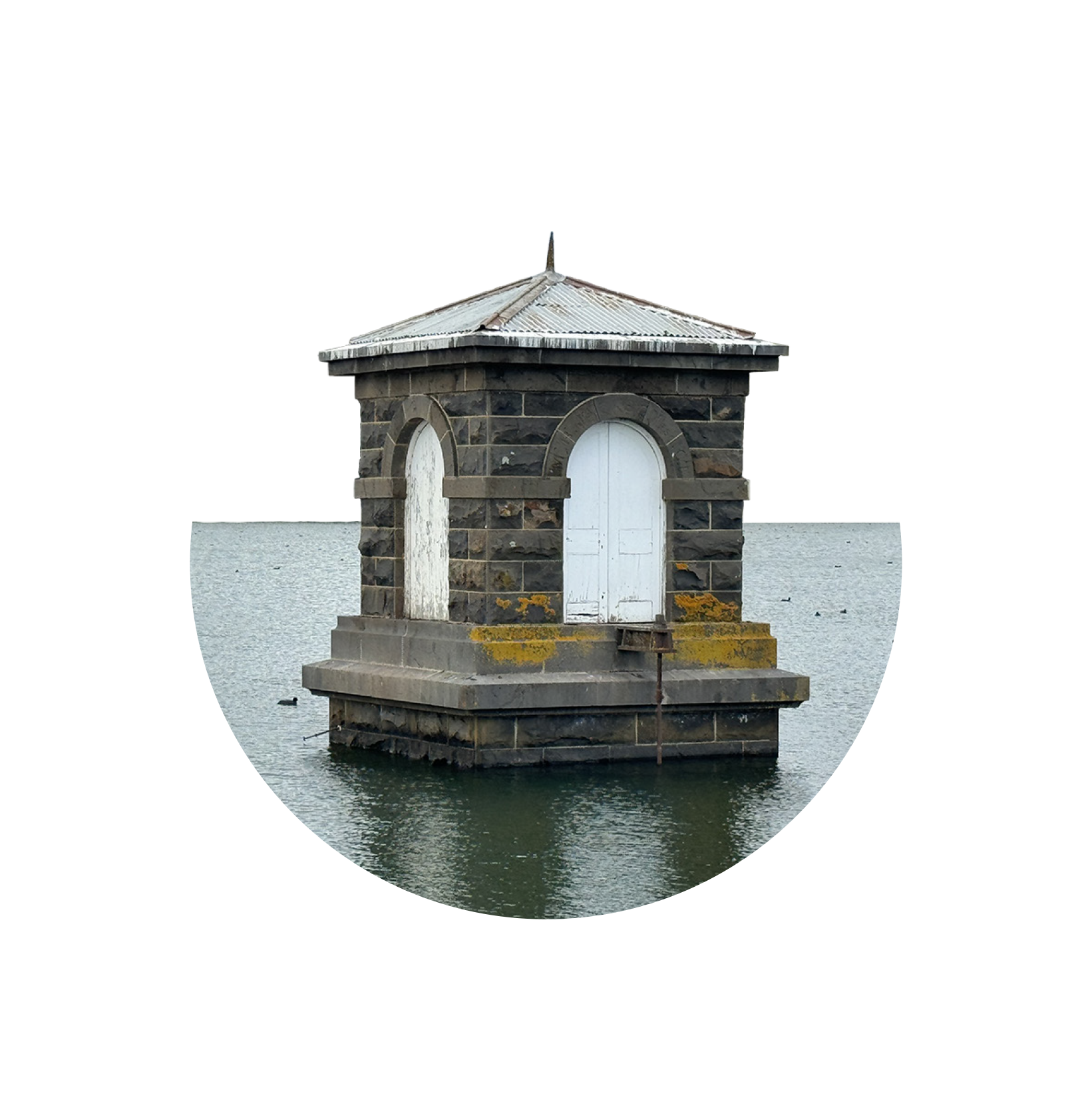‘Heatherley’ at Whittlesea
‘Heatherley’ at Whittlesea
By Vance Bebbington
The farm now known as ‘Castle Hill Farm’ was previously called ‘Heatherley’.
Our grandparents Joseph and Edith Bebbington purchased the property in 1933 and moved there in September 1934. At that time, it consisted of 180 acres (72 hectares) with an additional 76 acres (30 hectares) being leased. The family sold the farm in 1955.
Seven of their ten children came with them and the younger ones went to Whittlesea State School. The eldest son Bevis (my Father) and Kenneth mainly worked away after the initial set up but returned to help in busy times, such as harvesting. The other children worked on the farm over the years, girls included, and at the end of the war the five youngest were still on the farm.
The family was featured in a photo display in the Weekly Times in the early 1940s.
Both my Grandfather Joseph (who died in 1948) and Grandmother Edith (in 1944), are buried in the former Yan Yean cemetery, now known as the Whittlesea cemetery, alongside their daughter Dorothy and son Trevor. Another son, Kenneth who was killed and buried in Palestine early in WW2, is noted on the grave, with a memorial tree in Whittlesea.

Before my grandparents purchased the farm, it had had several types of farming, from grazing, winery, and possibly as a dairy farm.
All the farm buildings, sheds, and silos as they were in 1934, were solid imposing buildings built of the same brick, with the storage sheds/barns being quite high with big double doors to allow for access by horse and cart or wagons.
The original house as it was then, was fairly basic, with a corridor down the middle, two rooms both sides and a bathroom at the back, with the back veranda being partly enclosed with wire mesh to accommodate most of the 10 children. The main house must have been on a slight slope as you walked directly in the back but the front had a full set of steps down to the garden.
Directly behind the main house, there was an additional building originally made of weatherboard, which included a kitchen and bedroom, while the back part of that building had high roof with double doors at the far end, probably used as storage, with access for unloading a horse and cart. This building had been used for the older boys, and when my mother Sheila arrived from England in 1946, my parents lived in this weatherboard house while my father re-built it as a brick house, before they purchased their own farm at Christmas Hills.
Approaching the farm from the road, across the water channel, at the first corner was a long thin paddock going up a rise. This was always known as the “Rifle Paddock” and was used at weekends by the local gun club.
Since my grandparents and parents left ‘Heatherley’ before I was born, I have never seen the farm buildings up close, but I hope that this gives you an idea of what the ‘Heatherley’ farm, now known as ‘Castle Hill’ would have been like in the 1930s to the 1950s.
Vance Bebbington, March 2024.

This history was written by Vance Bebbington as a presentation for the Whittlesea Historical Society bus tour of Yan Yean, when a visit was made to ‘Castle Hill Farm’. WHS thanks the Wilkinson family for allowing access to their historic property as part of the “Yan Yean: Sites of Significance” tour on the 17th of March 2024. The ‘Castle Hill Farm’ property retains many original historical features. The Wilkinson family has made some changes and additions to bring the home into the modern age, but the character and style of the old buildings has been retained and reflected when doing so. This is a credit to their respect for the history of their property.
The Whittlesea Historical Society has an exciting program of events and activities coming up. Perhaps you’d like to join in? Our next meeting will be held at the Arthur’s Creek Mechanic’s Institute on Sunday 19th of May, starting at 1 pm, and the general public is most welcome to attend. Afternoon tea will be served. Our guest speakers will be Peter Nankervis, who will speak about the history of Mechanic’s Institutes, and Julie Nankervis, who will speak about writing your family history. Julie has ‘walked the walk’ with writing her own family history, and has some great examples of her work to show us. Peter and Julie are very involved with the management of the Arthur’s Creek Mechanic’s Institute, which is an historic building which has found a modern use. This is what preserves our old buildings – re-purposing, and people to care for them. Come along and be inspired.

